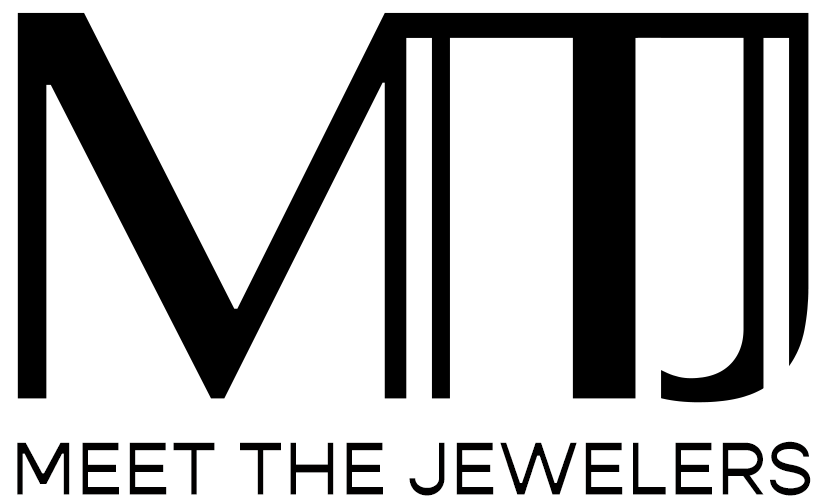The Secret To Finding Your Engagement Ring
There’s more than meets the eye when it comes to jewelry. Get the big picture with our long-form deep dives into the ever-changing, everlasting jewelry biz.
Photo credit: Wildflower Collection
Clue: it’s not the diamond
What is the first thing that comes to mind when you think about an engagement ring? Typically, the answer is the stone. Maybe a diamond, perhaps a sapphire. You will probably pour over the cut, clarity, and setting before landing on your dream ring. But have you ever considered the metal of the band? Even the words “metal of the band” don’t sound sexy, but it’s an important element worthy of your time.
The three primary metals to consider are platinum, white gold, and yellow gold. While there are obvious differences among them (price point and color, for instance), the more nuanced differences are the ones that help you decide what metal will work best for your lifestyle. Follow our guide to find the metal that best suits you.
For The Adventurer, Tough-On-The-Ring Bride
If you’re looking for a ring that can withstand wear-and-tear, platinum is the way to go. Platinum is among the most durable metals on the planet, and due to its density, the most secure for a diamond setting. Over time the metal can take on a matte finish due to the small surface scratches that accumulate. The scratches actually enhance the metal’s density furthering its personality as the tough guy. The downside? This metal comes at a heftier price tag than its counterpart, white gold.
McTeigue & McClelland platinum and diamond Blossom Ring, price on request, at Wildflower Collection
For The Detail Oriented, Gentle-On-Your-Jewelry Bride
Gold, no matter its color, is measured in karats. 24 karats is considered pure gold, wherein no other metals are mixed in. Jewelry is not typically made in pure gold as it would be too soft and malleable. White gold gets its silvery shade when pure yellow gold is mixed with palladium, silver, or nickel, and then dipped in rhodium—the holy grail of finishes. Rhodium is scratch and tarnish-resistant, plus it leaves the brightest, white sparkle that makes the diamond sing. Just be sure you are ready for upkeep; rhodium will fade over time, requiring a trip to the jeweler for a tune-up
For The Classic, Low Maintenance Bride
Yellow gold is the most classic metal of the three. Like white gold, pure yellow gold is mixed with an assortment of alloys to increase its density and ensure a tight bed for your stone. However, keep in mind, alloys can slightly alter the tone of the yellow. 22K gold, for instance, leans towards a vibrant, saturated gold, while 14K gold will be a softer, more pale shade. I recommend trying a few variations. Yellow gold is tried and true, and though the gold will wear and mold to the shape of your finger over time, it’s a trusted metal to carry your stone for decades ever after.
Editor: Samantha Durbin Writer: Elissa Velluto
Every item featured is personally selected by our writers and editors (read: we're totally into it). Please know that when you buy through our links, we may earn an affiliate commission (read: we get to keep doing what we love).





